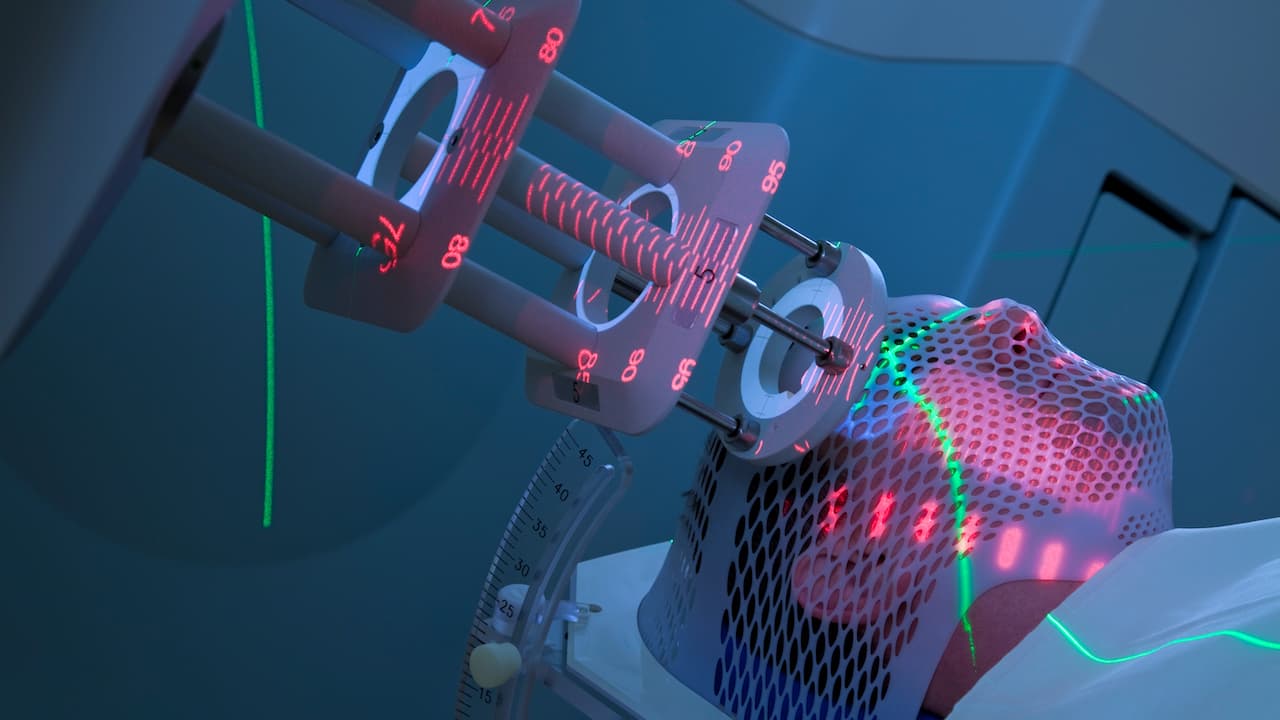NEWS | July 14, 2023
Hafnium, the Versatile Element

What do aircraft turbines, the latest methods of radiation therapy, and the advancement of nuclear fusion have in common? They all utilize the critical element hafnium. While the rapidly recovering post-COVID air travel is likely to be a major driver of the technology metal’s price, it’s the emerging research findings and developments that are flying under the radar that shape the world of tomorrow – often presenting promising investment opportunities.
Over $2.5 Billion for Nanotechnology in Cancer Therapy
For instance, the Paris-based biotechnology company Nanobiotix has developed a radioenhancer using hafnium oxide. Known as NBTXR3, this product enhances the effectiveness of radiation therapies in cancer patients. Pharmaceutical giant Johnson & Johnson intends to invest more than $2.5 billion in licensing, development, and distribution of NBTXR3. This gives hope to Nanobiotix’s CEO, Laurent Levy, that the marketing of the radioenhancer could improve the lives of cancer patients worldwide.
Nearly Free Electricity Soon Thanks to a New Alloy?
The interior of the sun is several million degrees hot due to an ongoing process of atomic nuclei fusing together, releasing energy in the process. Scientists have been trying to replicate this process on Earth using fusion reactors for years in order to generate cost-effective green energy. While previous reactors’ tungsten-based alloys could withstand high temperatures, the material still deteriorated and deformed due to other forces generated during fusion. An international research team has now developed a more stable alloy using hafnium. This alloy is more radiation-resistant than the previous one and has already shown promise in initial experiments.
Good Hafnium Stockpiles Still Available
What you have is what you have, as the saying goes. This holds particularly true for the increasingly in-demand hafnium. It is subject to export controls, similar to China’s plans for gallium and germanium. So far, the technology metal has been reliably supplied, even though waiting times occasionally stretched for several weeks. Given the geopolitical situation, now might be a good time to consider purchasing this critical metal in preparation for any potential developments. The demand for hafnium is growing, either way, providing optimal chances for attractive returns that are also tax-free.